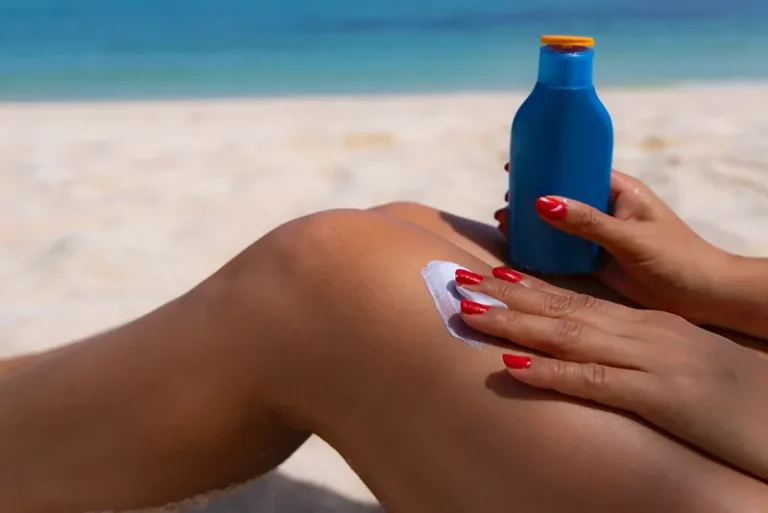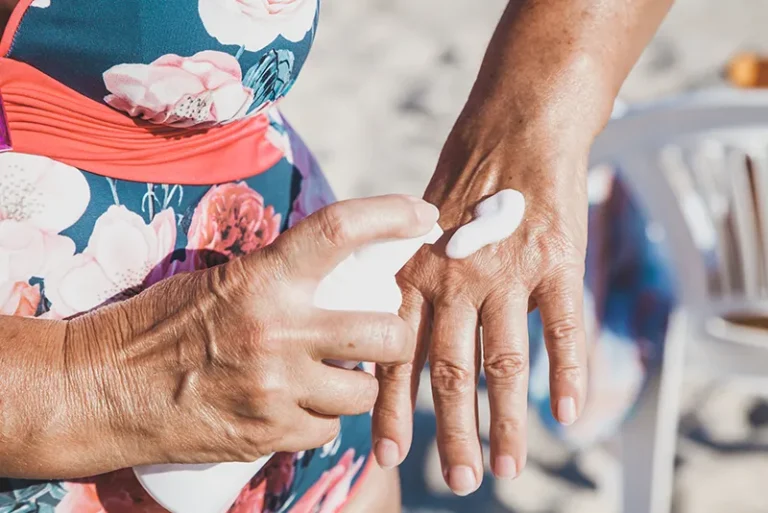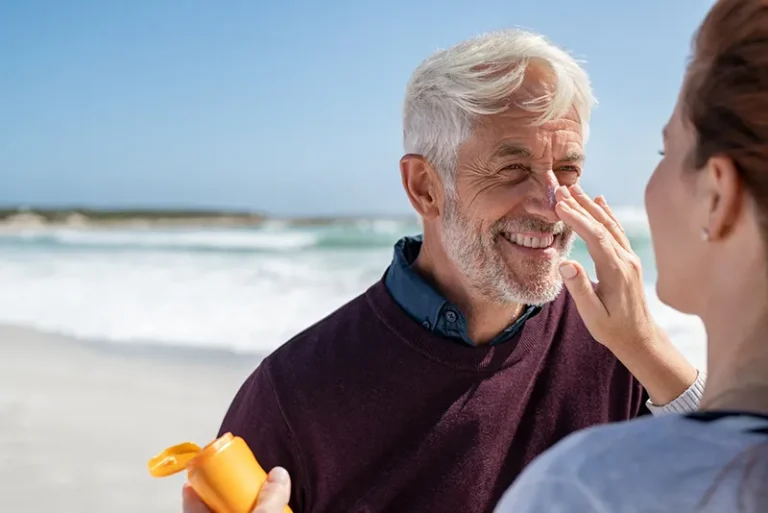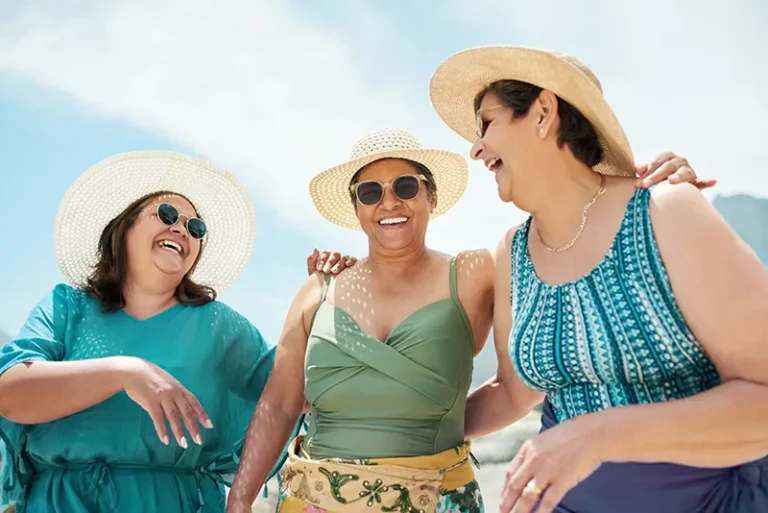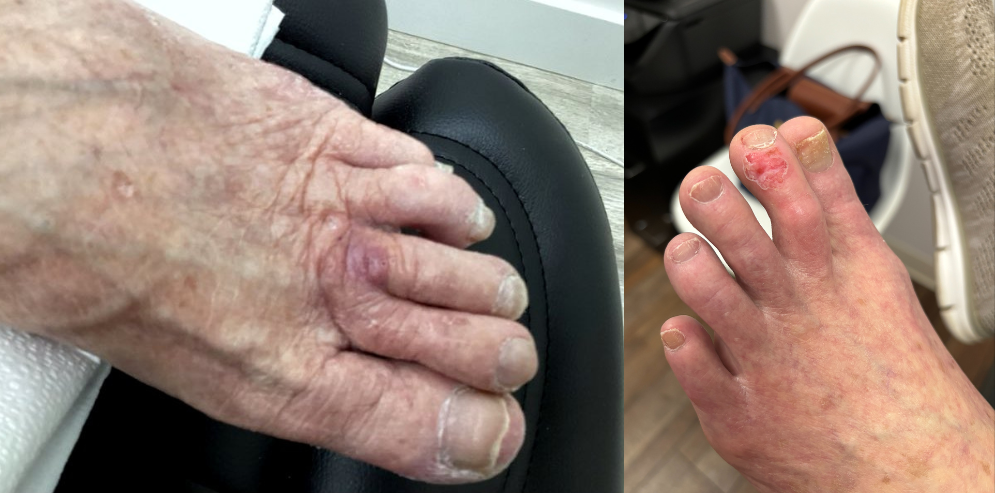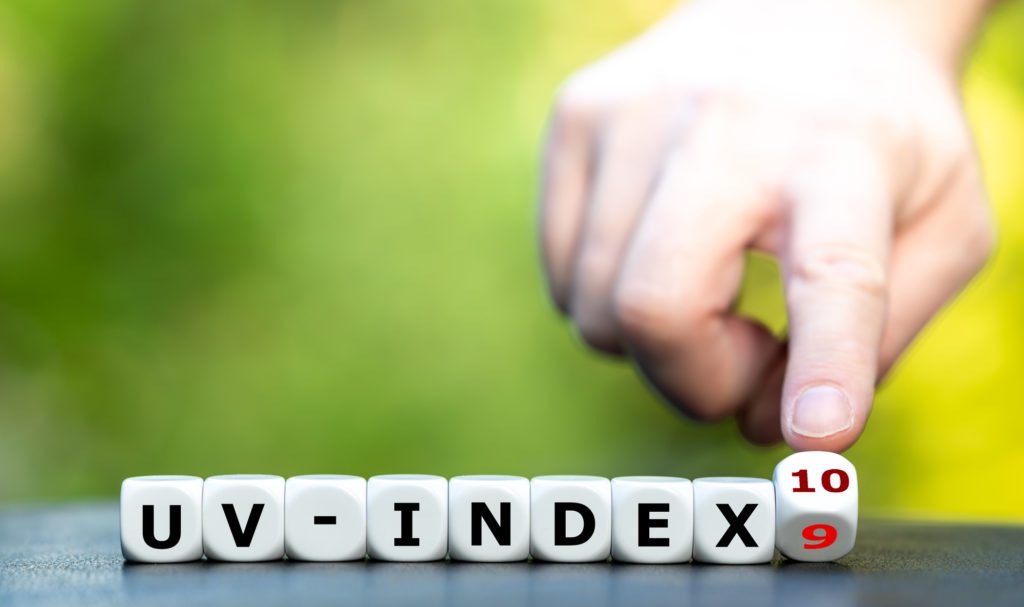
Have you ever wished you could predict the intensity of the sun, so you know whether you need sunglasses, sunscreen, etc. before stepping out your door? The UV Index does just that. Just as weather channels, websites, and apps predict the weather, the UV Index provides a forecast to help protect you from ultraviolet (UV) radiation. What is the UV Index, exactly? And what should you know about it? Read on to learn more about how the UV Index works and how you can use it to your advantage.
Is the UV Index a Heat Measuring Tool?
No, the UV Index measures the intensity of UV radiation from the sun at different locations around the globe. The number is calculated based on the latitude and altitude of the area, as well as the time of day, season, ozone layer, ground conditions, and weather conditions. The UV Index ranges from 0 (no sunlight) to 11+ (extreme UV radiation). When the UV Index is 11+, you can burn in less than 10 minutes.
Does a High UV Index Mean High Temperatures?
No. Typically, it’s hotter when the UV Index is high, because UV radiation is more intense during summer when the sky is clearer. UV doesn’t disappear when summer ends, though. You can get a sunburn in winter, because UV rays reflect off of snow.
Elevation always plays a role in UV intensity. An area with a higher elevation may have a cool temperature, but the UV Index is high because the atmosphere is thin and filters less UV radiation before it hits the ground. The thinner the atmosphere, the higher the UV Index.
Can You Get a Sunburn When The UV Index is Low?
It can. Your skin type determines how quickly and easily you’ll burn. If you have fair skin and don’t wear sunscreen and protective clothing, you can burn when the UV Index is 1. On the other hand, someone with a darker skin tone can burn on a day with a UV Index of 2 or 3 if they’re not protecting their skin.
The UV Index Scale & How to Protect Yourself
Adding the UV Index to your daily weather check is a good way to prepare for the day ahead. Just as you would check to see if you need an umbrella or raincoat, you can check the UV Index to see how you should protect against UV radiation. The National Weather Service determines the UV Index rating daily for most zip codes around the United States. What do the UV Index numbers mean? Here’s a quick guide to understanding the UV Index:
- Low, 0-2: Wear sunglasses. Use sunscreen and protective clothing if you’re prone to burning.
- Moderate, 3-5: Cover up and use sunscreen. Stay in the shade, especially during midday when the sun is most powerful.
- High, 6-7: Use all protection methods and limit time in the sun from 10 a.m. to 4 p.m.
- Very High, 8-10: Be extra careful. Use all protection methods and avoid the sun from 10 a.m. to 4 p.m. Your skin will burn quickly.
- Extreme, 11+: Don’t go in direct sunlight from 10 a.m. to 4 p.m. It will take a matter of minutes to burn your skin. Use all protection methods if you must go outside.
If you burn easily or if the UV levels are moderate to high, take the following precautions to protect yourself:
- Stay indoors whenever possible.
- Seek shaded areas while outside.
- Cover your arms and legs with dark-colored clothing.
- Wear a hat with a wide brim to protect your neck, ears, and head.
- Apply a broad-spectrum sunscreen with an SPF of 30 or higher. Reapply every two hours if needed.
- Wear UV-absorbing sunglasses to protect your eyes.
Learn More About Skin Cancer Prevention from GentleCure™
The UV Index makes it easier for people, especially those at greater risk of developing skin cancer, to protect their skin from UV damage. To learn more about skin cancer treatment and prevention, contact our skin cancer information specialists or call us at 855-936-4411.
